There’s no better way to add lasting beauty and color to your property than by planting a wildflower patch – and there is no better time for planting wildflowers than in the spring!
Wildflowers continue to gain in popularity in home landscapes. Contrary to popular belief, you don’t have to have a large property or space for a small patch. And can these flowers ever be stunningly beautiful and beneficial all at the same time!
Wildflowers are ideal for attracting all sorts of pollinators like birds, bees, and butterflies. Pollinators that not only help bring blooms to your wildflowers – but all of the other perennials and annuals you have growing around your landscape as well.
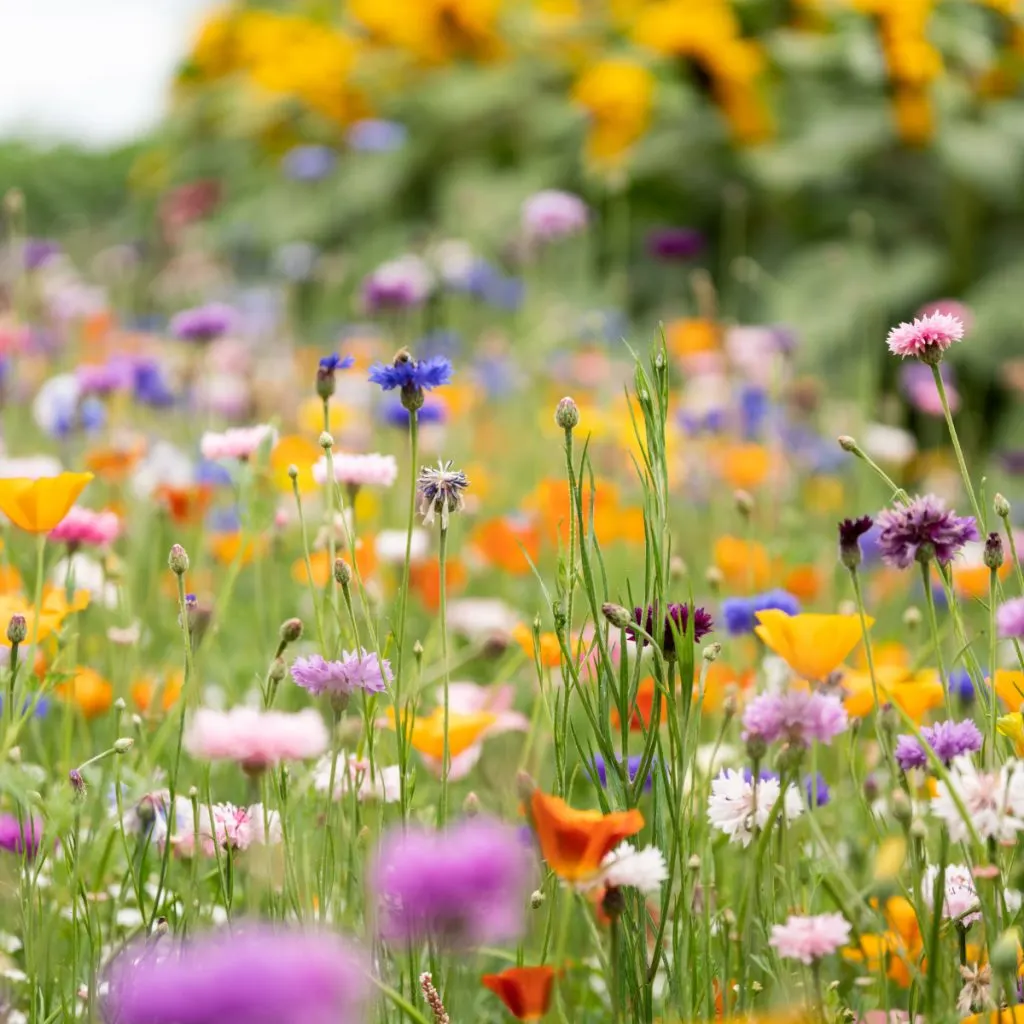
While the process is fairly straightforward and simple to plant wildflowers around your property, there are a few things to keep in mind to have the best success with germinating and growth. And the biggest of those keys of all? To get your plants established early enough so they have time for flowering – but not so early in the year that they struggle to germinate or survive.
With wildflower victory in mind – here is an in-depth look at how to time up and plant for lasting blooms!
How To Plant A Wildflower Patch In The Spring
When To Plant
One of the biggest mistakes made when planting wildflowers in the spring is planting too early. Even though you might have a few days where temperatures first reach into the 70s, the soil usually remains too cool for germinating.
The seeds of wildflowers germinate best when the temperature of the soil is somewhere in the range of 55 to 60° Fahrenheit (F). It normally will take a full few weeks of temperatures near or above 70°(F) to get the soil to that point.
The best way to check and be 100% sure is with an inexpensive soil thermometer. Using a simple probe, you can instantly find out the soil’s warmth and know if it’s time for planting. Affiliate Link: 4-in-1 Soil Meter Digital Thermometer/Moisture Reader
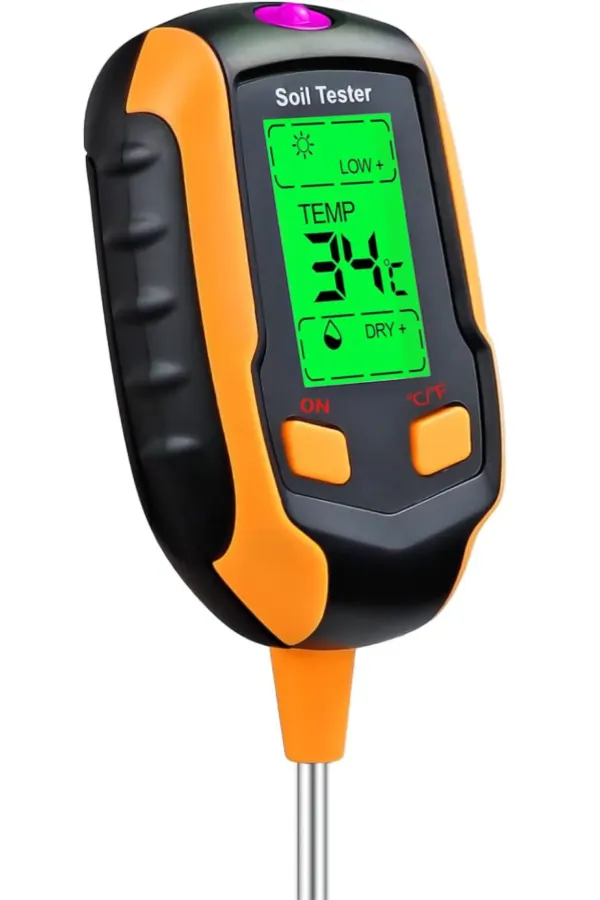
At the same time, it’s also critical to not wait too late in the season to plant. Wildflowers need to establish themselves well before excessive heat occurs. Unfortunately, waiting too late in the spring or early summer can be just as devastating to your crop.
So when that soil gets to between 55° – 60°(F) – it’s time to sow!
Selecting The Right Location – How To Plant A Wildflower Patch In The Spring
The large majority of wildflower varieties need full sun for at least 8 hours a day to grow and bloom to their full potential. This ensures good germination, growth and most importantly, strong flowering.
Equally as important as the amount of daily sunlight is the condition of the soil before planting. Unfortunately, many gardeners try to plant wildflowers as an attempt to cover up poor or bad quality areas on their property.
What often ends up occurring is that the seeds have a low germination rate and struggle to establish. Even those that do sprout end up having spotty coverage and poor overall growth.
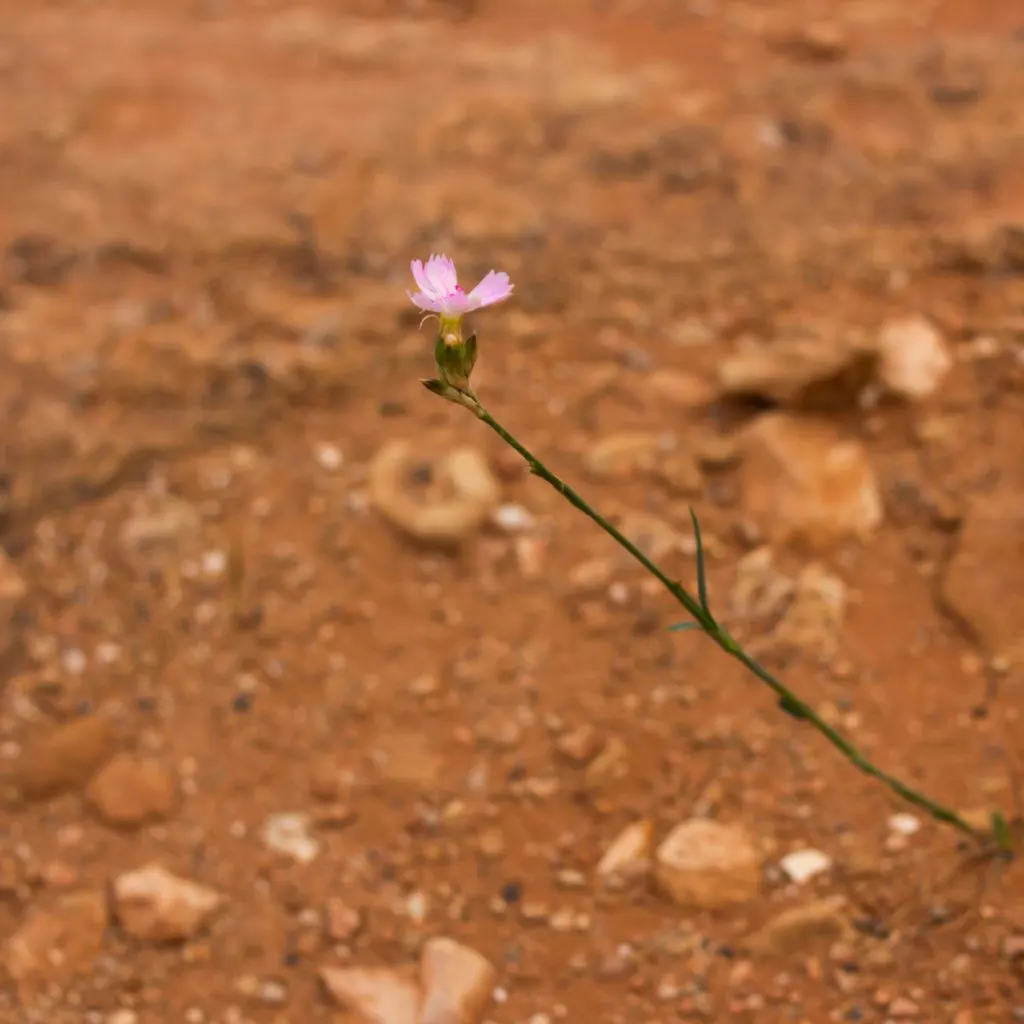
Wildflowers may not require overly fertile soil, but they do still require some nutrients and minerals in the soil in order to grow and produce blooms. Because of this, working in a bit of compost prior to planting can give wildflowers a big early boost to get established.
Preparing The Soil – How To Plant A Wildflower Patch In The Spring
Just as with all plants, wildflowers will struggle if they have to compete for nutrients, light, and water. And when weeds are present in excessive quantities, they will usually crowd out the growth of wildflower seeds.
Before planting, clear the area you will be seeding from all vegetation. You can do this by tilling the soil or by laying down a thick, black plastic layer over the area you will be seeding. This will help to snuff out the growth from below. If using the plastic method, you will have to put it down in late winter to have enough time to kill the vegetation below.
Once you clear the area from previous weeds, it’s time to add a thin layer of compost to help energize the soil. Wildflowers do not need excessive nutrients to grow well, but a 1/4-inch layer of compost can give them the perfect boost and help them retain the moisture they need for germination. Need more compost? Check out article: How To Create A Hot Spring Compost Pile & Make Compost Fast!
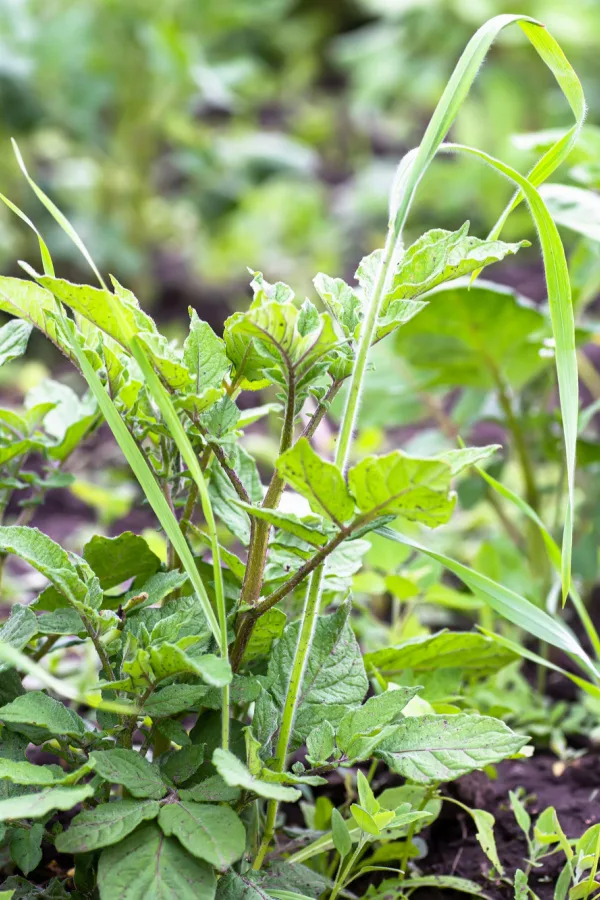
Planting – How To Plant A Wildflower Patch In The Spring
After the soil is prepared and at the right temperature, it’s time for planting! When seeding, always start with a quality, fresh seed mix. Wildflower seed mixes are a great way to go. Although you can mix and match your own individual blends, pre-made mixes usually have seeds designed to grow well with one another.
It’s vital to choose wildflower mixes that are specific to your growing region. This gives you the best opportunity for success in your climate. The good news is that most mixes usually contain the zone and climate information right on the bag.
- Organo Republic 16 Perennial Wildflower Seeds Mix
- Burpee Wildflower, Non-GMO Flower Seeds Pollinator Garden, Perennial Mix
- Nature Z 85,000 Wildflower Seeds, Wild Flowers Bulk Flower Seeds
The Sand Planting Trick
For starters, when sowing seed, you want to pick a day with little wind and no heavy storms in the forecast. High winds can make spreading the lightweight seed quite difficult. Driving rains and or high winds can also easily wash or blow away seed before it has a chance to set.
Light rain in the near forecast is more than okay. In fact, it can actually provide the newly planted areas a wonderful watering to help soak the seed in!

But if you really want to help your seeding efforts, use the “sand” trick for planting. Because wildflower seed is so lightweight, adding sand helps weigh it down when spreading it out. This way, the coverage as you spread the seed is more uniform.
For best results, use a ratio of about 6 to 8 parts sand for every 1 part seed. Depending on the size of the area, you can spread by hand or with a rotary seeder. As a general rule of thumb, you will need about 1 pound of seed for every 1/4 acre. That is before adding the sand to the mixture for spreading.
Using sand will ensure that the seeds are well spread, and you can also see the area you are planting since the sand will stand out against the soil. Be sure to use dry sand as wet sand will easily clump together with the seeds.
Compressing the Seeds in the Soil – How To Plant A Wildflower Patch In The Spring
Once you have scattered your seeds, it’s now time to press them lightly into the soil. You will only need to compress the seeds well enough so that they are in good contact with the soil. They do not need to be completely buried in the least.
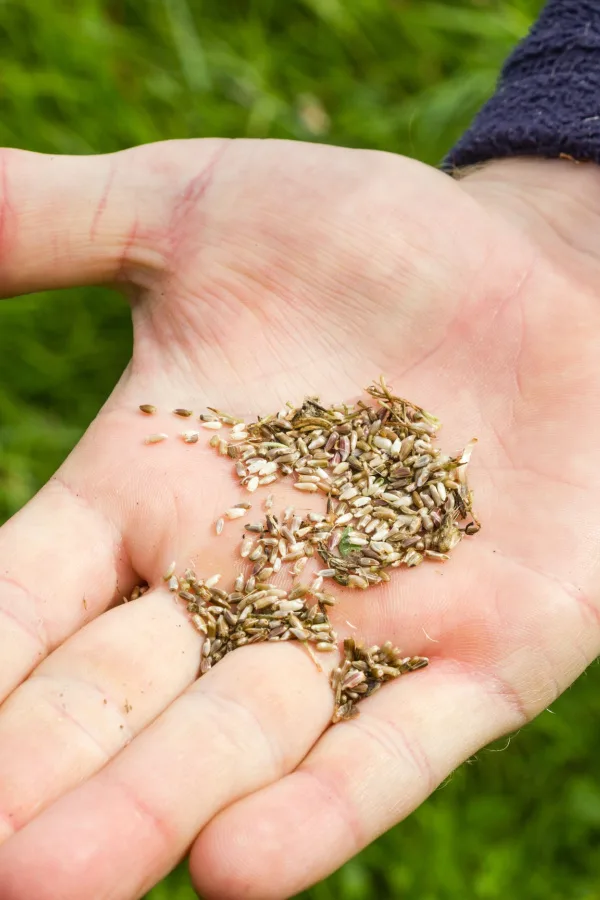
Adequate soil contact allows seeds to better intake nutrients and moisture. Also, seeds that are compressed in the soil are not disturbed by water or wind. For small areas, compress the seeds by using your shoes to lightly press them in. For large areas, a roller or even tamping down a rake as you walk will do the trick.
To finish seeding, scatter a light 1-inch layer of loose straw on top of the seed and soil. This will help hold in moisture and keep competing weed seeds from blowing in and taking hold.
Watering – How To Plant A Wildflower Patch In The Spring
After planting, a gentle and thorough soaking of water will help to hydrate and set the seeds in place. The wildflowers may need regular weekly watering until they are approximately 4 to 6 inches tall to establish completely.
Once plants reach four to six weeks old, they should be established enough to handle a dry spell with ease.
Annual wildflowers will bloom somewhere between 6 to 12 weeks after planting. Biennial flowers will bloom in the second season. Most annual flowers in wildflower mixes will reseed themselves each year from their blooms.
Perennial seeds in the mix will usually develop and then bloom starting in year two. This is because it takes their root system a second year of growth to store energy to flower. Likewise, biennial perennials will flower in year two as well.
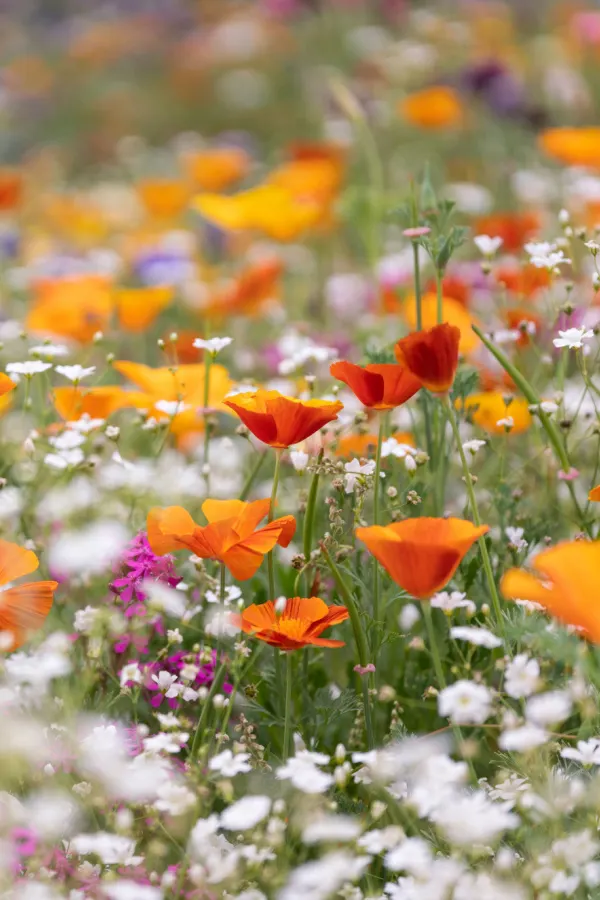
The good news is that once you plant wildflowers once in the spring and get them growing, they will require very little additional care. There is no need to apply fertilizer to the area as they can bloom and grow without additional nutrients.
This Is My Garden
Follow Our Facebook Page For Great Gardening Tips And Advice! This Is My Garden Facebook Page
This Is My Garden is a garden website created by gardeners, for gardeners. Jim and Mary Competti have been writing gardening, DIY and recipe articles and books and speaking for over 15 years from their 46 acre Ohio farm. They publish three articles every week, 52 weeks a year. Sign up today to follow via email, or follow along!
